Sphynx Cat Size and Growth Stages

Sphynx Cat Size and Growth Stages
Introduction
Sphynx cats are captivating felines, instantly recognizable by their hairless appearance and expressive faces. But while their looks are often the first thing people notice, their growth stages and size progression play a crucial role in understanding how to care for them. In this article, we'll explore the key growth stages of Sphynx cats, from tiny kittens to their full adult size, and the various factors that influence their growth and development.
The Unique Appearance of Sphynx Cats
Most of the time, if you'll ask someone which cat breed is the most unique for them, you'll get Sphynx as the answer. Do you wanna know why? Learn it in our blog, The Unique Beauty of Sphynx Cats: A Comprehensive Guide.
Lack of Fur
One of the most remarkable traits of the Sphynx cat breed is their lack of fur. Unlike most cats, Sphynx cats are born with only a very fine layer of down-like fuzz, giving them their signature smooth, nearly bald look. While this might make them seem delicate, they are surprisingly sturdy.
Muscular Build
Beneath their silky skin, Sphynx cats boast a robust, muscular frame. Their athletic and muscular build is particularly noticeable because of their hairlessness, which showcases their sleek form in a way that’s unique among cat breeds.
Sphynx Cat Size: From Kitten to Adult
Newborn Kittens
When Sphynx kittens are born, they are tiny and delicate, fitting into the palm of your hand. They weigh only a few ounces, and their closed eyes and folded ears make them appear even smaller. While they might start small, their journey to adulthood is swift.
Growth in the First Few Months
In the first few weeks, Sphynx kittens experience rapid growth, gaining weight steadily as they open their eyes, strengthen their limbs, and start exploring their world. A balanced, nutrient-rich diet during this phase is crucial for healthy development.
Adolescence
As Sphynx kittens transition into adolescence (around 4-6 months), their distinctive features start becoming more prominent. This includes their famously wrinkled skin, large ears, and muscular bodies. This stage is marked by bursts of growth, and their energetic personalities really start to shine through.
Adulthood
By the time they reach adulthood (around 1 to 1.5 years of age), Sphynx cats typically weigh between 8 to 12 pounds. Males tend to be a bit larger than females. Their muscular, athletic build is fully developed, and they settle into their adult personalities—often affectionate, playful, and highly social.
Factors Affecting Sphynx Cat Size
Genetics
Genetics are a key player in determining the size of a Sphynx cat. If a kitten comes from large parents, it’s likely to grow to be a bit bigger. However, the breed standard for Sphynx cats generally falls within the 8 to 12-pound range.
Nutrition
Like all cats, Sphynx cats thrive on a high-quality, protein-rich diet. Proper nutrition supports their bone, muscle, and organ development, particularly during the first year of life. Since Sphynx cats don’t have fur to keep them warm, they may also require slightly more food than other breeds to maintain their body temperature.
Exercise
Sphynx cats are naturally active and playful, and regular exercise helps them maintain a healthy weight and muscle tone. Interactive toys, climbing structures, and frequent play sessions are great ways to keep them engaged.
Allot a regular playtime with your Sphynx and unleash The Playful Side of Sphynx Cats: Toys and Activities.
Common Health Considerations
Growth-Related Health Issues
During the growth phase, it's important to keep an eye on potential health problems that could affect their development. Joint issues, malnutrition, or even overly rapid growth can all be concerns. Consulting with a vet during regular check-ups helps catch any issues early.
Know early on the most common health issues faced by Sphynx Kittens with the help of our list: Sphynx Cat Health Issues: Common Concerns.
Proper Nutrition for Healthy Growth
A balanced diet filled with protein and essential nutrients is vital for Sphynx kittens. Their unique bodies need plenty of fuel to grow properly. Your veterinarian can guide you in selecting the best food and supplements to ensure your Sphynx grows into a healthy adult.
Give them the best diet with the help of our guide: Nourishing Your Sphynx Kitten: A Guide to the Perfect Diet.
Special Care for Sphynx Kittens
Feeding
Sphynx kittens need high-quality kitten food with the right balance of nutrients to support their fast growth. Due to their high metabolism, they often eat more frequently than other breeds.
Socialization
The earlier a Sphynx kitten is exposed to new environments and experiences, the better. Socialization is key to raising a confident and well-adjusted cat. Sphynx cats, in particular, are known for their people-loving personalities, so it's important to encourage positive interactions from a young age.
Veterinary Check-ups
Regular vet visits are essential during your Sphynx kitten’s first year. Monitoring their growth and addressing any health concerns early ensures they stay on track developmentally.
Sphynx Cat Health Check: The Importance of Vet Visits, know the importance of vet visits with the use of this guide.
Conclusion
Understanding the growth stages of Sphynx cats, from their tiny beginnings as kittens to their full-grown muscular forms, is essential for providing the best care. Their unique combination of hairless bodies and robust frames makes them a special breed to raise. With the right nutrition, exercise, and regular vet care, your Sphynx will grow into a healthy and affectionate companion.
Want to dive deeper into the world of Sphynx cats? Explore more about their health needs, personality traits, and care tips in our full guide! And don’t miss out on related topics like Sphynx Cat Allergies: Myths and Facts to help you better understand these intriguing felines.
Contact Us for more information. Also, you can visit and Check Our Available Hairless Sphynx Cats for Sale if you're already planning to adopt one. We will help you through our Adoption Process. Start your journey with us today and do not miss out!
Frequently Asked Questions
Q1: At what age is a Sphynx cat considered fully grown?
Sphynx cats typically reach their full size by 1 to 1.5 years of age, though their personalities may continue to evolve as they mature.
Q2: Do Sphynx cats have specific dietary needs for growth?
Yes, a diet high in protein and essential nutrients is crucial for supporting their rapid growth and energy needs.
Q3: How often should I bathe my Sphynx cat?
Although they lack fur, Sphynx cats need regular baths—about once every two weeks—to manage the oils that build up on their skin.
Q4: How can I tell if my Sphynx cat is growing properly?
Keeping a record of your Sphynx’s weight and physical milestones can help track their growth. Any concerns should be discussed with a vet.
Q5: What should I do if I notice unusual growth patterns in my Sphynx cat?
If you see any concerning growth issues, such as slow or excessive growth, consult your veterinarian for advice on potential health issues or dietary adjustments.
By giving your Sphynx the right care, you'll enjoy many happy, healthy years with these lovable, hairless wonders!























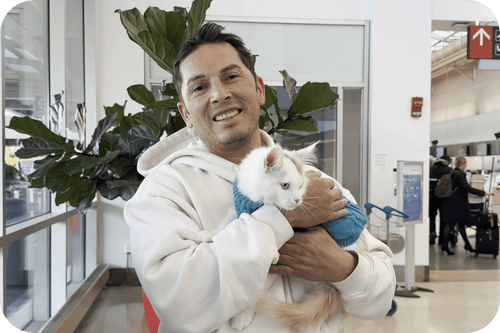






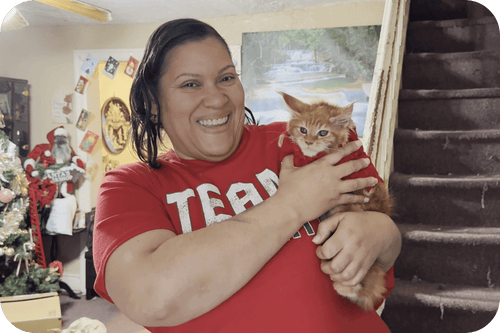

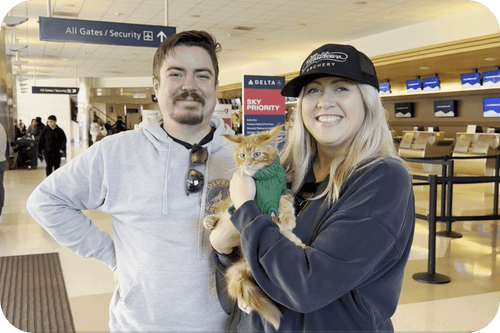
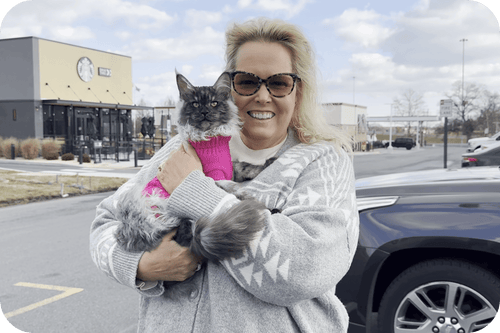



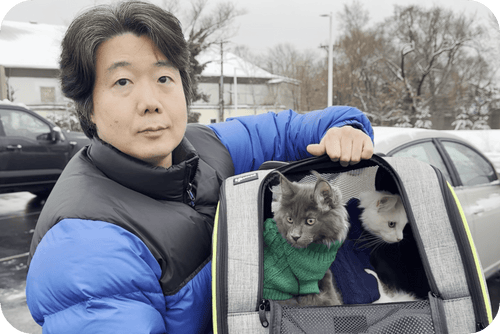
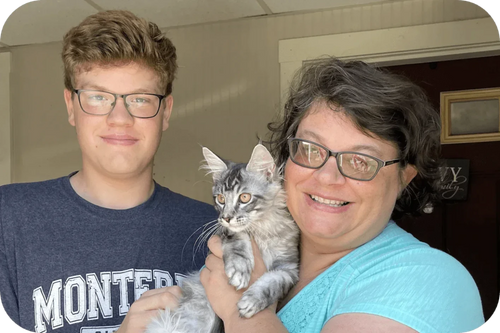
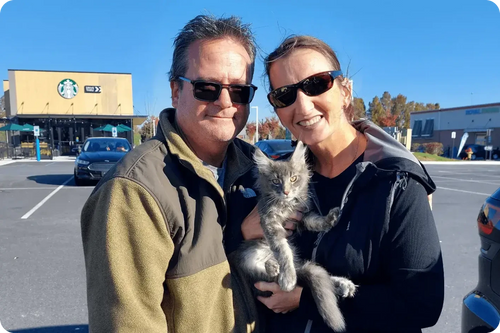
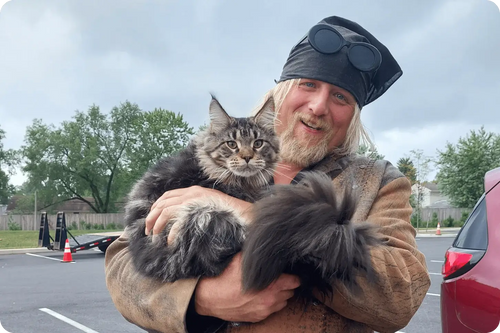
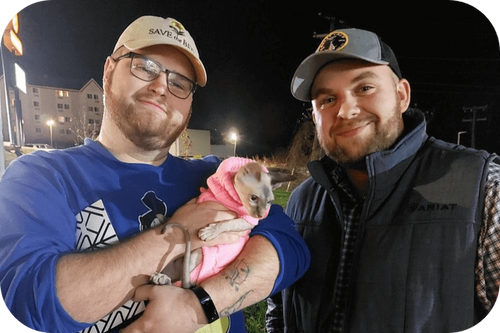

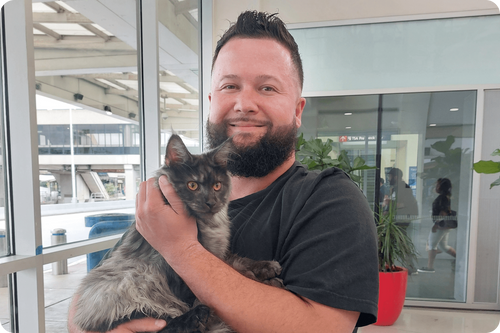
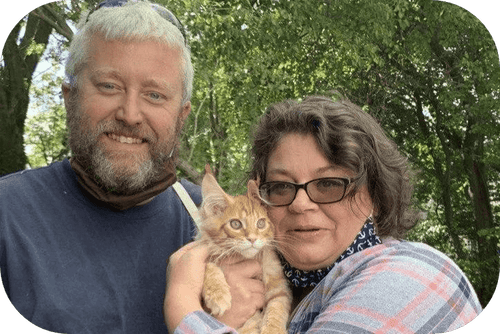











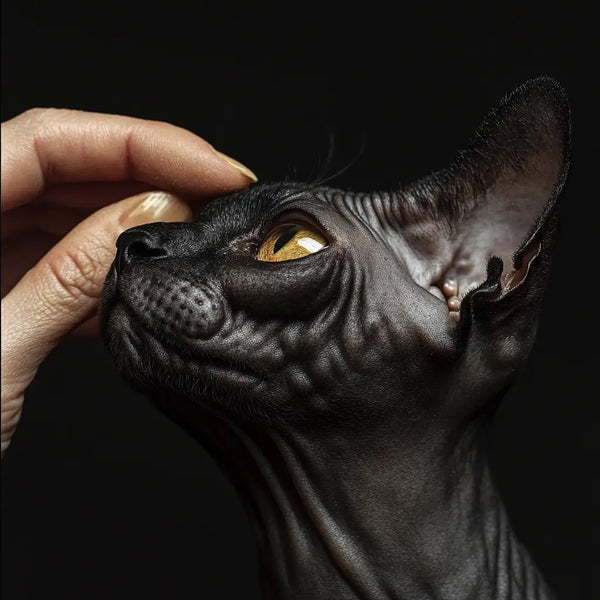

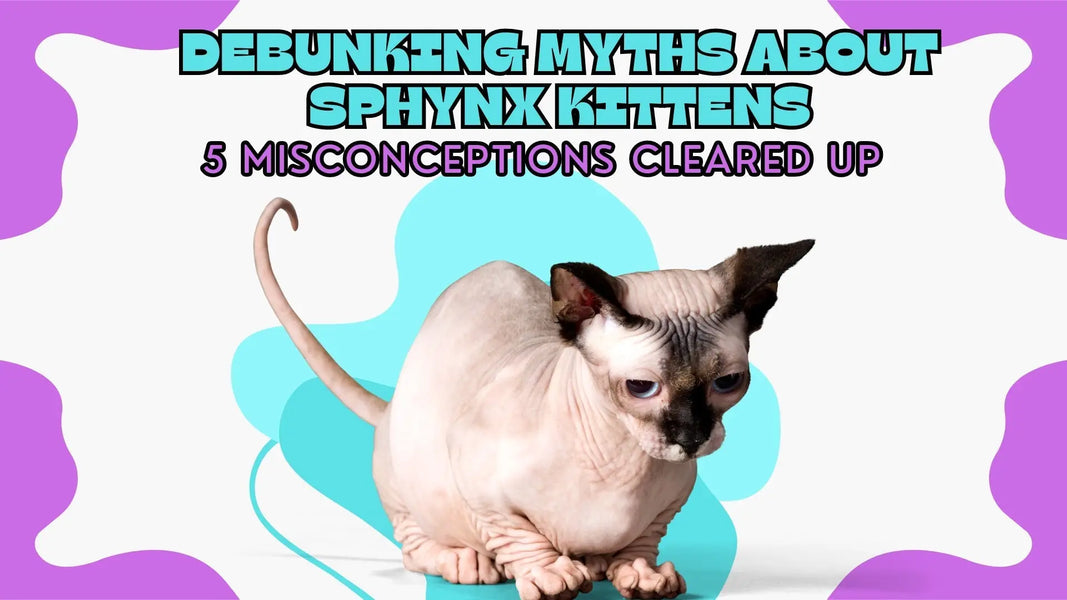
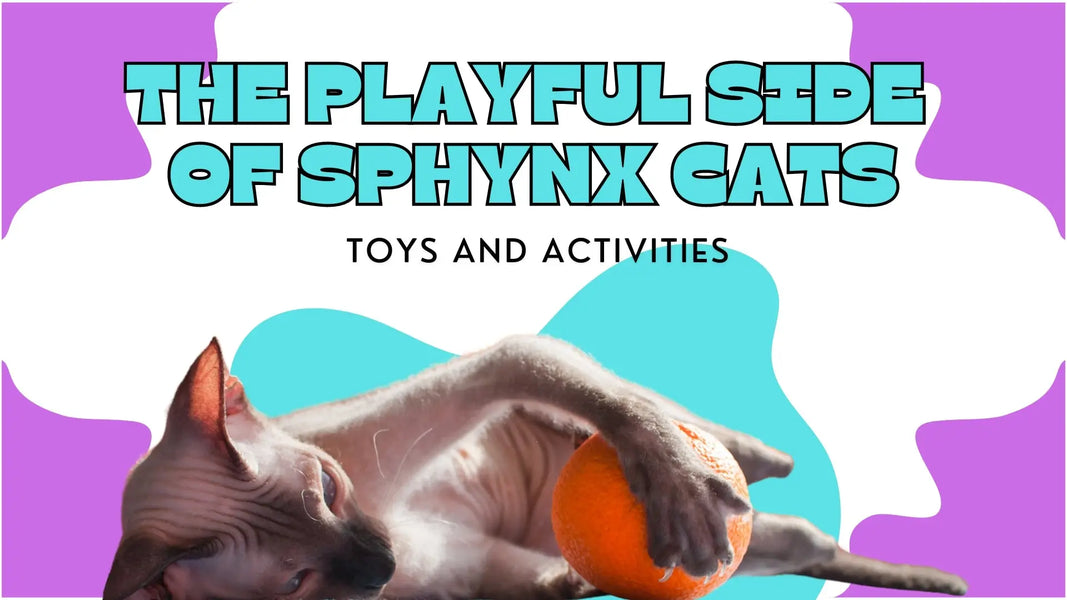




Comments(0)